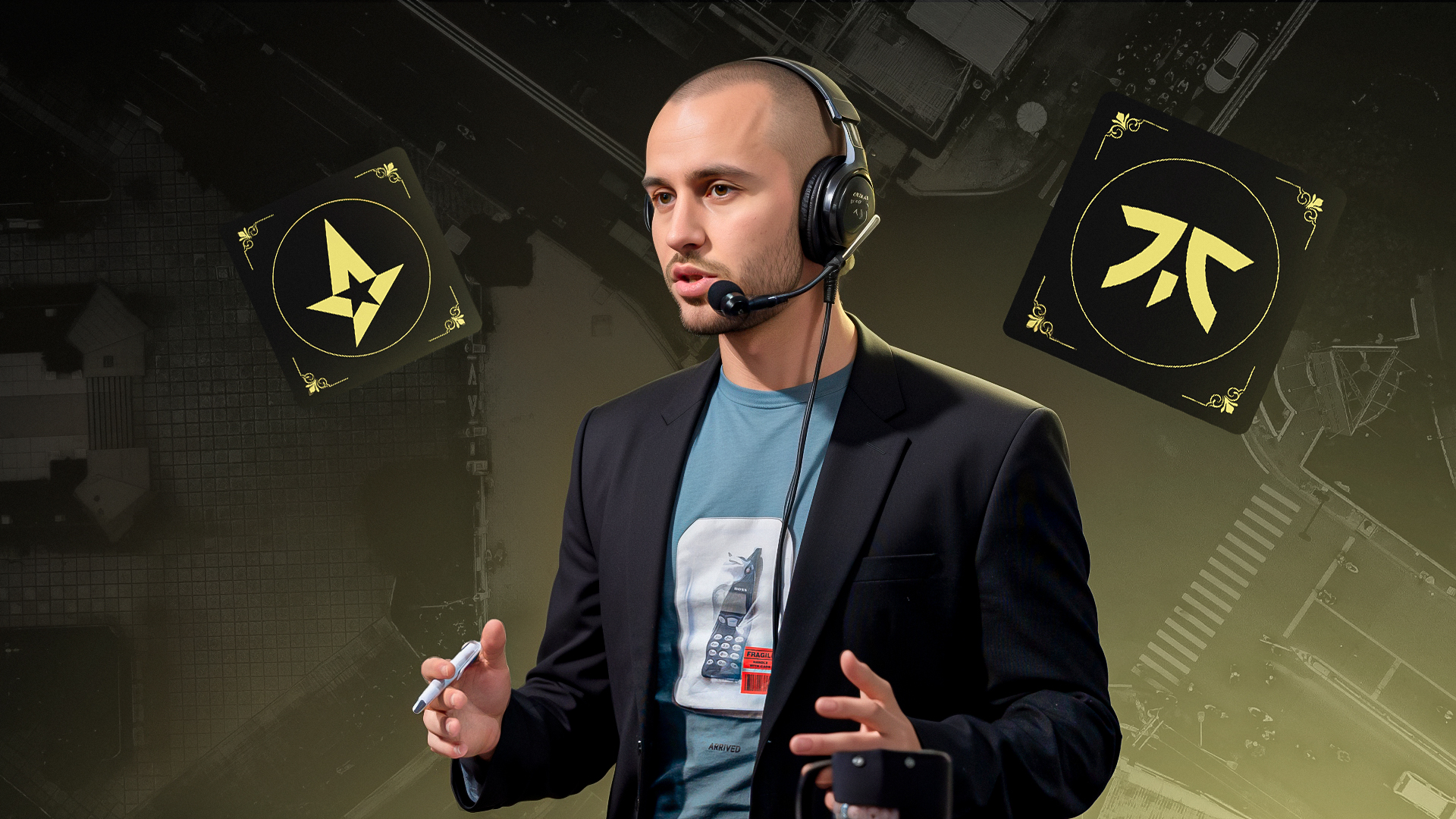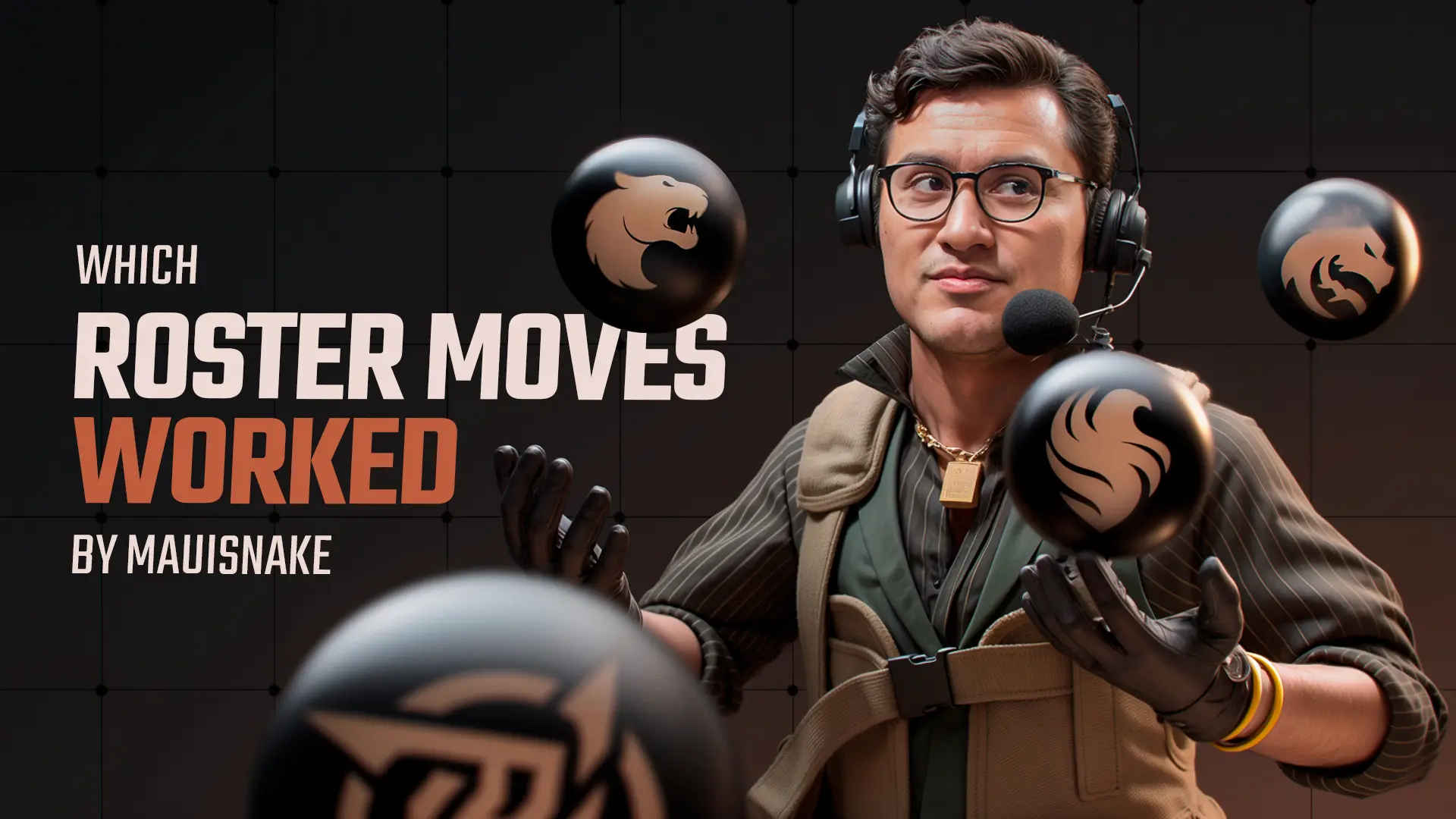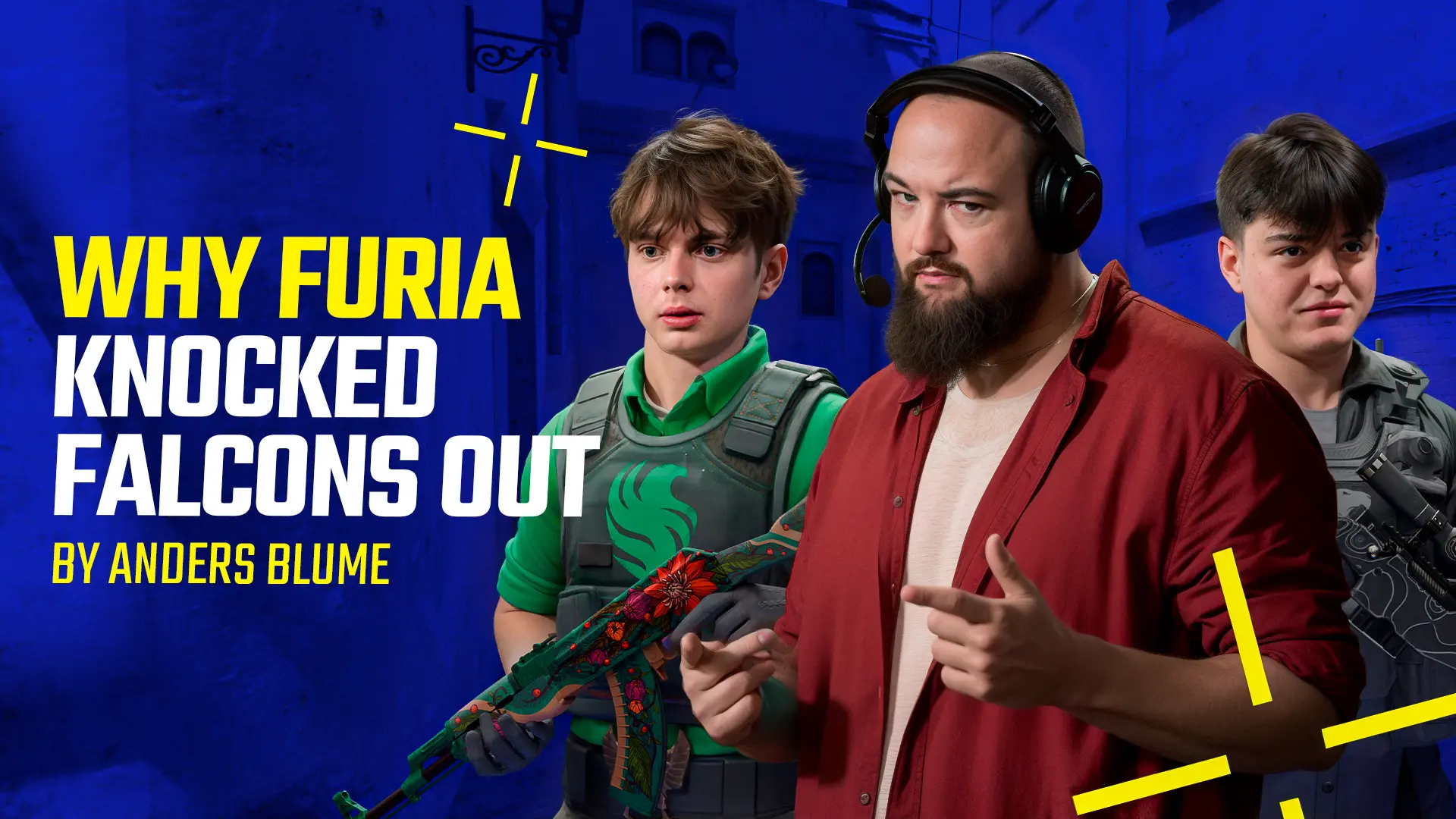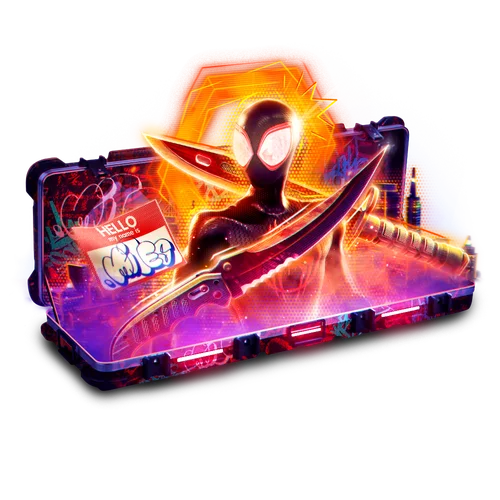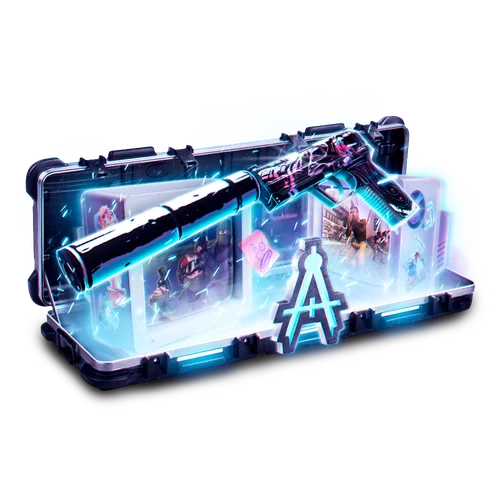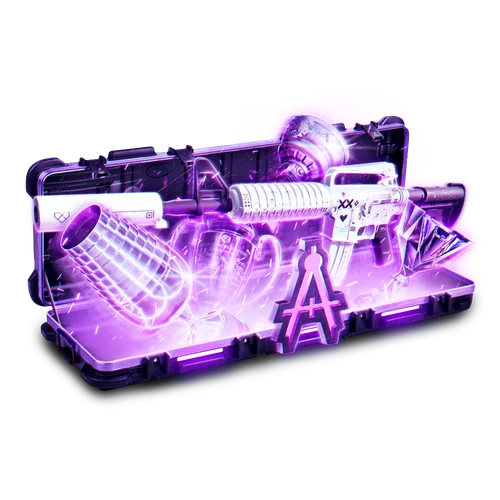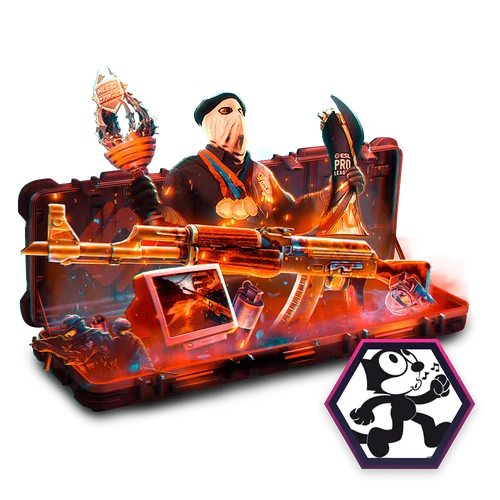Preamble
From the very dawn of competitive Counter-Strike, hundreds… no, thousands of competitors have always strived toward one main goal — the Major. Whether winning or simply participating in one, the legendary aura of the Counter-Strike Major has made it the ultimate goal of every player and team. However, nowadays, qualifying for and doing well at the Major is not only about legacy and achievement — it is also about survival.
The volatile nature of building a sustainable organization in esports has pushed many teams to cease operations over the last couple of years. More often than not, failing to qualify for a CS Major has been the final push toward a fatal decision. Team Endpoint, Sprout, 100 Thieves, Renegades, just to name a few. Many teams exist on the edge of bankruptcy, and missing one or two consecutive Majors could be the end of them.
There are, of course, others. Legendary organizations with the finances, freedom of decision-making, and talent that should put them in the conversation for, if not winning a Major, at least securing a spot among the Playoff attendees. Teams that will always have high expectations attached to them because of their legacy, and sometimes, because people enjoy seeing them fail.
With the Regional Major Qualifiers and a record number of 32 teams from around the world attending the BLAST.tv Austin Major 2025, making the Major should be more attainable than ever — but for whom?

Having the Main Qualifier played online with between 2 and 3 MR12 Bo1 matches creates an incredibly shaky and dangerous environment for each team, where losing a couple of pistol rounds and having one bad day of play could put you in the 0-2 bracket, where you might need to get 5 Bo3 wins in a row to make it to the Major. And getting 5 wins in a row, while possible, is highly unlikely — unless your name is B8 Esports.
And regardless of the npl and headtr1ck led team becoming the living proof that the “Major Cinderella Story” is indeed achievable, this article is about the teams that could not make it. The teams that were either expected to, had to, or simply had no other choice but to make the BLAST.tv Austin Major 2025 — and how this failure could affect their future.
#3 Fnatic

As of today, Fnatic has participated in 17 Major tournaments (winning 3 of them and reaching the Playoffs in the first 12), with the last one being the Perfect World Shanghai Major 2024, where the British organization bombed out of the Challengers Stage after losing Bo1 matches to Wildcard and Cloud9, and an elimination Bo3 to Chinese outsider Rare Atom.
After Shanghai, it was time for changes. With the IGL, AWP, and Coach trio of bodyy, nawwk, and keita out of the picture, and the likes of Passion UA captain Rodion “fear” Smyk, Danish coach Peter “casle” Ardenskjold, and ex-MOUZ NXT AWPer Denys “Burmylov” Buraga joining the team for yet another rebuild, Fnatic had many eyes on it once again.
The start of the year, however, was far from ideal. Fnatic’s biggest achievement was a Top 2 finish at CCT #19, where Benjamin “blameF” Bremer & co. lost to BC.GAME in the Grand Final. It was hard to get excited about the new iteration. Flashes of brilliance from blameF and MATYS were simply not enough, and fear’s potential as an IGL seemed far from unleashed.
Still, Fnatic tried to optimize its lineup with the late arrival of fear’s ex-teammate from PassionUA — Dmytro “jambo” Semera — who replaced the struggling Burmylov in March. Jambo’s addition definitely felt like a breath of fresh air. Signing one of the best young AWP players in the world, whose potential impressed many during PUA’s run at the Shanghai RMR and Major, felt like a step in the right direction, especially considering the great cohesion between him and fear. But that was not the only change.
Days before the start of the MRQ, Fnatic announced the addition of Danish support player and ex-Astralis, Heroic, and MAD Lions member Johannes “b0RUP” Borup, who would act as a stand-in for 2-time Major Champion and Fnatic legend Freddy “KRIMZ” Johansson, with “personal reasons” cited as the official motive behind the decision.

The AWP change, the last-second addition of b0RUP, limited preparation time, and the amount of expectations and pressure — mixed with Fnatic’s already shaky form in 2025 — contributed to the expected result: failure.
Fnatic was able to take down a struggling GamerLegion 13-8 on Anubis, with both MATYS and blameF popping off with 22 kills apiece, for their only win in the entire MRQ. Losses to BC.GAME, BetBoom, and ENCE meant that Fnatic would miss out on its 2nd Major in the last 3 and face even more difficult times in the months to come.
Is KRIMZ coming back? If not, will b0RUP stay with the team? Will blameF’s drop in individual form continue, and can the team finally click? It’s probably not entirely crazy to think that regardless of the KRIMZ situation, this Fnatic has the pieces to make it work and reach the Top 10/15 — to a level where occasionally reaching Tier 1 playoffs is not impossible. With a combinative, mentally strong, and motivated IGL like fear, jambo’s potential, and the firepower of blameF and MATYS, not qualifying for the Austin Major is probably not the end for this core of Fnatic, as the potential ROI seems too high.
Was it too late for Fnatic to sign jambo and potentially make some other changes? One could say so, but is there something to be found in this lineup if given the right amount of time and stability? The answer is probably yes. One thing is for sure: For Fnatic not to make the cut for a 32-team Major with an incredibly well-playing MATYS, blameF, and jambo on the team, was a blunder.
#2 GamerLegion

In the context of the word “fiasco” GamerLegion is probably the team on this list that fits the image of a complete failure the least. Compared to other struggling teams like Fnatic, ENCE, BIG, and SAW, the German organization was not looking at the MRQ as an opportunity to “save its season,” but as one of continuation for an already successful 2025.
Days after reaching the Quarterfinals of PGL Bucharest 2025 (taking down Falcons, Legacy, and Virtus.pro, and losing only to the two finalists G2 Esports and Falcons), GamerLegion entered the MRQ with the momentum of a team that had reached the Top 8 in Katowice, qualified for IEM Dallas through the Closed Qualifiers, achieved a Top 9-11 finish in the 21st season of EPL, and ultimately, got eliminated from Bucharest by the team that would become champion.
With REZ, Tauson, sl3nd, and PR all posting ratings between 1.09 and 1.14 in Romania, GamerLegion seemed on track for Major qualification — but it was not that easy.
To dissect GL’s Major performance, we must start with two key factors, the first being pistol rounds and MR12. Of course, the conditions are the same for all teams: you get to play two Bo1 games on day one of the event, and if you lose, because of the limited six spots and the Main Swiss Stage consisting of 16 teams, you need to win either four or five Bo3s to go through. With the format being that unforgiving, losing a single pistol or conversion round in a Bo1 could be deadly for any team, especially with how easy it is for a team to not even “join the map” financially for the first 5 or 6 rounds. Well, GamerLegion didn’t just lose 1 or 2 important rounds — no. ztr and his boys lost all 4 pistol rounds across their Mirage against Nemiga and Anubis versus Fnatic.
And sure, against Nemiga that didn’t play a huge role, as GL was able to quickly get into their buy rounds, but still ended up losing, with some of their main performers, like REZ — who posted his second-lowest rating as a GL player on that Mirage — unable to show up against the fired-up CIS squad. But the Fnatic game was the perfect counterargument to “better late than never,” as GL conceded 8 rounds to Fnatic’s CT side on Anubis before getting their first, then dropped the second pistol round and the following conversions, adding up to a 0-11 deficit, if we look at both halves up to the point of GL getting their first round on the board.
After day one, the fight was simply too big. It’s not like we haven’t seen GL overcome similar hurdles before: the 1-2 start in the RMR before making the org’s first Major in Rio 2022, and not too long ago, booking their tickets for the Shanghai Major after a similar 0-2 start on day one of the RMR. But this time around, there was another factor GL couldn’t account for in time — the online nature of the games.
Across 2025, they had played 58 maps of Counter-Strike, only 18 of which were in online competition. What was once one of the most consistent online competitors has now turned into a team that unleashes its full potential on LAN, regardless of how big of an oxymoron that might seem for a team with such young pieces.
After day one’s ferocious knockdown, Fredrik “REZ” Sterner, Oldřich “PR” Nový, and co. looked much better in their third game and first win of the event, taking down a miserable 500 Esports 2-0 (13-2, 13-2), eliminating the Bulgarians and making everyone believe that another dream story might be in the making. But alas, it was all just a flash in the pan.

Just one day later, GL lost a dramatic 1-2 (13-5, 14-16, 7-13) to SAW, which ended the dream in a shocking turn of events. So, what was the reason? Surely, some pistol rounds and bad momentum weren’t enough to make one of the most exciting and well-performing young squads in European Counter-Strike miss out on a Major and lose to teams they should have been able to beat easily.
To sum it up, GamerLegion has turned into a team that looks much more comfortable on LAN. Whether it’s due to individual preferences of the players or the team relying too much on the in-game input and tactical timeouts of UK coach and chief architect Ashley “ash” Battye — who, according to Valve’s rules, cannot be present in the TeamSpeak or in the same room as the players during online play — GamerLegion just couldn’t show the same level they’ve been showing all year long at the MRQ.
If there’s a mistake to be found, one would probably have to look at the very limited time the team gave its players to reconfigure and get used to online play, as GL had merely three days between their last game in Bucharest and the opening round of the MRQ. This result probably doesn’t mean that we should look at the team’s season as a “failure,” as the positives far outweigh the negatives, but one thing is for sure: whether it was poor planning, not enough time to rest, the players falling into the tricky trap of complacency, or simply not being able to perform without their coach, GL’s 1-3 at the MRQ was anything but expected and will definitely be regarded as a blunder, putting even more pressure on everyone on the team to make the second Major of 2025.
#1 Astralis

#ToTheStars. Niflheim, in Norse mythology, the cold, dark, misty world of the dead ruled by the goddess Hel, is not a place illuminated by shining stars — not even close. It is rather fitting, though, that this is exactly where the Danish behemoth finds itself after missing out on its 5th Major tournament in a row.
Historically, there isn’t a single organization more successful than Astralis when it comes to Counter-Strike Majors. Qualifying for 10 consecutive Major events after its creation in 2016, making playoffs in 7 out of its first 8, and winning 4 in the meantime. Three of them — FACEIT Major 2018, Katowice Major 2019, and Berlin Major 2019 — in a row. But time has passed, and that game-changing, revolutionary, legendary Danish squad has now been away for too long for the organization to keep “resting on old laurels.” Or at least, that’s what many would say.
Starting from the IEM Rio 2022 Major, through Paris 2023, Copenhagen 2024, and Shanghai 2024 — and with the Austin Major now out of reach — Astralis has missed out on 5 consecutive Major championships, with the PGL Antwerp 2022 Major being the last one that saw the flag of the Danish powerhouse waving.
To determine how big of a catastrophe the Austin Major MRQ result is, let’s look at the two RMRs that the organization could probably “get away” with. First and foremost, the IEM Rio RMR in 2022, where Astralis bombed out 1-3 after losing to NIP, Bad News Eagles, and FORZE. However, they were playing without, at the time, their best-performing player, Kristian “k0nfig” Wienecke, due to extreme circumstances we all remember. A result that, while shocking, was not beyond reason considering the last-second change and the disarray within the team at that time.
Fast forward two years, and we get to the Shanghai Major RMR, where many thought Astralis would finally return. However, with 4-time Major winner, 2-time Major MVP, and freshly freed from IGL duties — Nicolai “device” Reedtz — the team was forced to field newly signed in-game leader Casper “cadiaN” Møller as the team’s primary AWP, and bring Alexander “br0” Bro back from the bench to fill the gap left by device. As one could guess, the last-second change did not benefit Astralis, and despite a late attempt at a miraculous comeback after going down 0-2 and crawling back to the 2-2 bracket, the Danes ultimately lost to Passion UA and missed the Shanghai Major.
So, what happened after that? Astralis came back with its “new identity.” Stavn and jabbi were meant to be the stars, device dominated with the big green, Staehr was the rock-solid supportive element who did all the work others didn’t want to, and cadiaN took on anchor/support roles for the first time in his career. To many people’s surprise, it didn’t work — at least, not as expected. Device can still be seen as one of the most consistent AWPers in the world and is definitely performing at a good level, while Staehr — the supposed “support” — has undoubtedly been the pillar of Astralis and one of the main reasons behind their big result of 2025: the 3rd place at PGL Cluj-Napoca 2025, where Astralis took down SAW, MIBR, BIG Clan, The MongolZ, and FaZe Clan, only losing to an incredibly well-playing MOUZ in a close Semi-Final brawl. Jabbi marked his best LAN event of the year, device was as solid as always, and Staehr again impressed with his sharpness and ability to create something out of nothing.

Consistency, however, was not there. With cadiaN undergoing the biggest in-game identity shift a player could face, stavn and jabbi struggled to perform well in consecutive games/events, and the team looked, quite frankly, disconnected whenever a close map or game came their way. But the quality was still present. The set pieces, the gameplans — and despite the lack of consistency — they had damn good players to back up tactics that didn’t look outdated or weak. Astralis was still expected to go through.
The start was slow. After an 8-13 loss on Nuke against OG, Astralis had much work to do — and for the first time in a long time, they got it done. A 13-7 win on Mirage against Jame’s PARIVISION, and a 13-3 on Train against ex-IGL gla1ve and ENCE, put Astralis in the 2-1 bracket — one win away from the Austin Major. But then, it all started falling apart.
Astralis played three consecutive Bo3s against Metizport, BIG, and B8 Esports. Despite the win against BIG that gave them another shot at Major qualification, the Danes simply didn’t look convincing enough. Despite device and Staehr putting their blood, sweat, tears, and souls into the server — and even cadiaN posting his second-best event of the year and best CT-sides — Astralis just couldn’t close. They couldn’t keep cool or stay on the same page when it mattered most, becoming the antagonist in Metizport and B8’s success stories.
Immediately after the result, rumors arose about the organization’s potential financial issues, but whether that is true remains to be seen, especially given the recent League of Legends deal that saw Astralis sell its LEC spot for a total agreed valuation of DKK 194 million (≈ €25,981,741.00).
What’s the Deduction?
Device and Staehr were the two players keeping a team — which should have had many other pieces to rely on — afloat, but they couldn’t do it all. Out of the three teams on this list, Astralis is probably the only one looking at a leadership change. Regardless of cadiaN’s attempts to be more active on CT-sides and pick up the secondary AWP more often to help both himself and the team, Astralis couldn’t deliver the result his transfer was supposed to bring. This MRQ, combined with a supposed lack of cohesion and mutual understanding among some players, could lead to yet another roster change. But who would take over if cadiaN does indeed leave? Or is there a much more exciting and unexpected change coming to Astralis? Only time will tell.





























